Tim Cook: The “king” of chain management turns Apple into the most valuable global empire
- Tram Ho
According to Bloomberg, during his early Apple days, Tim Cook spent 18 hours a day working and emailing throughout the night. When he’s not in the office, he seems to live in the gym.
“Tim Cook is really a man of work. He is hard-working, hard-working, hard-working and hardworking. However, I find Tim Cook quite boring,” said a former Apple employee who worked with Tim Cook since the early days said.
The success of the “defective apple” is often attributed to Steve Jobs, who revolutionized computer and smartphone products. However, if one is a business administrator, one cannot help but admire Tim Cook for his strategy of supply chain management and inventory handling. This has helped Apple to produce iPod, iPhone and iPad in extremely large quantities at the most optimal cost.
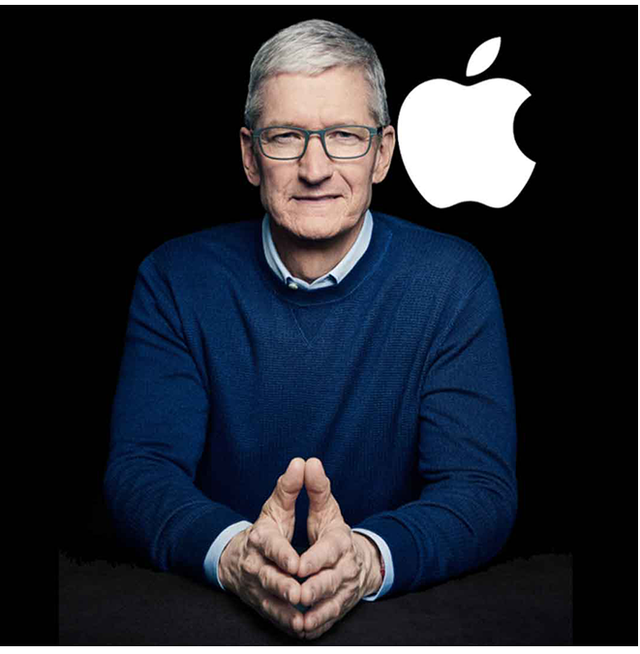
Gartner, a research company in the US, has consistently ranked Apple at the top of the list of 25 best supply chain management companies globally from 2013-2014. Even since 2015, Apple and Procter & Gamble have been included in a new list of “masters” by Gartner by Gartner. This particular list recognizes the track record of performance and effective supply chain management for many years.

Tim Cook officially joined Apple in 1998 with the position of Senior Vice President in charge of global operations. “In early 1998, I listened to my intuition. Not more than 5 minutes after my first interview with Steve Jobs, I decided to join Apple. My intuition was that joining Apple was the only opportunity. to work in a leading creative environment. At the same time, I will be on the executive team that makes a great American company, “said Tim Cook.
Before joining Apple, Tim Cook had experience in managing the supply chain at Compaq, a big man founded in 1982, selling laptop products and a number of related services.
When he first worked for Apple, Tim Cook quickly realized the company’s supply chain and inventory were having problems and took the necessary steps to optimize. Even in Tim Cook’s first year on the job, Apple spent $ 100 million to pre-book transport flights throughout the holiday. This move is to prepare for the global launch of the iMac G3 model without worrying about overloading problems during peak shopping.
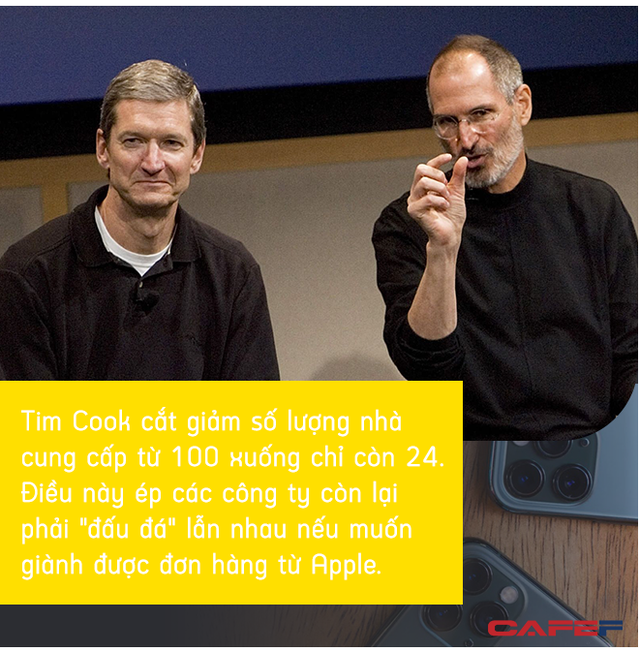
Tim Cook’s decision paid off when the iMac G3 became a resounding success. Apple’s competitors were pushed into a difficult position, facing the situation of not being able to find a shipping unit during the busiest sales season of the year.
Apple Insider’s San Oliver said that Tim Cook has cut the number of suppliers from 100 to just 24. This forces the remaining companies to “fight” with each other if they want to win orders from Apple. .
According to Bloomberg, in 1996, Apple sold a large manufacturing plant in Colorado. At the same time, Tim Cook also stopped production in Ireland, closing the only remaining factory in Elk Grove, California, USA. This is also the time when Apple has stepped up to outsource manufacturing in China, starting with laptops and webcams.
Foxconn is considered Apple’s largest manufacturing partner. This company has built a series of factories the size of a whole city in Zhengzhou (Henan, China) with a large area and more than 350,000 skilled workers.

Compared to China, the production infrastructure in the US is much lower. In addition, workers in China are often willing to work longer hours for a fraction of the minimum wage in the US.
A special feature of Tim Cook is that he requires Foxconn and its manufacturing partners to follow the aesthetic and quality requirements set by Steve Jobs himself and designer Jony Ive. Apple engineers who create specialized manufacturing equipment must regularly travel to China to inspect, evaluate, and improve hardware and production lines.
Apple’s supplier assessment checklist has up to 500 different criteria including labor rights, health, safety, environment, ethics and management systems. Suppliers need to make sure they meet Apple’s rules and standards, or they’ll quickly be replaced.
Tim Cook also has a “higher move” than the competition by buying new components years in advance and making exclusive deals on many key components to ensure Apple stays at the forefront.
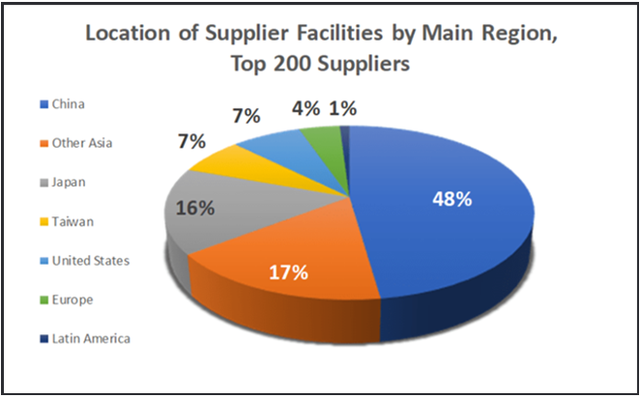
In 2019, about 98% of Apple’s supply chain including purchasing, production and assembly was in the hands of 200 partners. In this group, nearly half of the companies have production plants in China, 90% in Asia.
In recent times, tensions in the US-China relationship have caused some Apple partners to move iPhone and AirPods production lines to India and Vietnam. However, the replacement of the Chinese factory is not an overnight story.
“Apples” is also known for its policy of signing long-term contracts with several key suppliers. The US technology giant is willing to spend large sums of money up front to negotiate low costs and the largest amount of reserves possible. This approach brings a lot of sustainable value to Apple, while minimizing risks and limiting competitors from expanding mass production capabilities.
This can also explain why Apple does not seem to be too affected in the global chip crisis that has taken place from 2020 until now. At the end of July 2021, Tim Cook confirmed that the chips produced by Apple are still fully guaranteed in terms of quantity. However, there is a shortage of minor chips, which perform some basic functions such as screen control or audio decoding.
Angelo Zino, an analyst with research firm CFRA, said that Apple may be hoarding chips for its iPhone 13 generation and accepting the trade-off of shortages with models already on the market.

According to The New York Times, the iPhone is considered the best-selling and most profitable product for Apple. The company chooses to buy many components such as memory chips, camera modules, microphones, and touch screens from global suppliers. Apple will then ship them to assembly plants in China by air to save time and money.
Foxconn’s factory system has 94 production lines. Assembling an iPhone involves about 400 steps including polishing, welding, drilling and screwing. The factory can produce more than 500,000 iPhones a day, over 350 a minute.
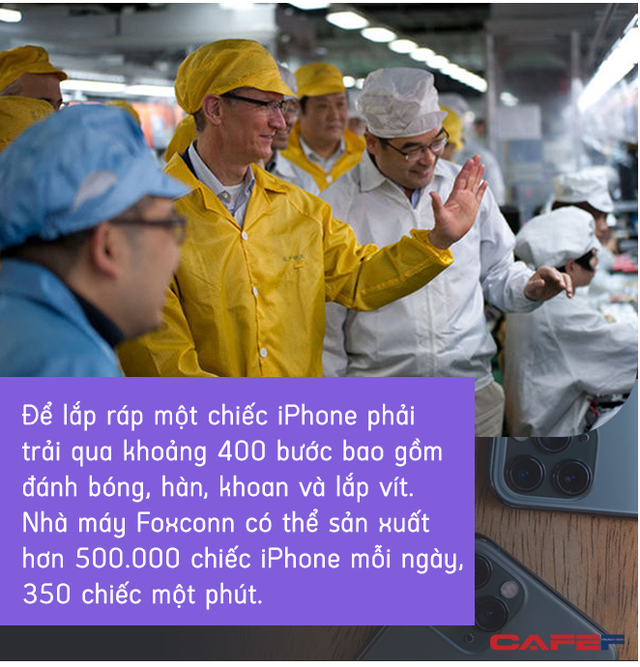
Fully assembled and beautifully packaged iPhones will leave the factory by truck and be taken to Zhengzhou airport. The airport has been significantly expanded in recent years due to the increasing production of iPhones. The shipment is then airlifted to the US and many other global markets.
Previously, computer manufacturers in China shipped goods to the US mainly by container ships. Each trip usually lasts about a month. Tim Cook has pioneered a change in the way goods are transported. Smartphones are small enough to be transported by plane in bulk and cost-effectively. One Boeing 747 can easily carry 150,000 iPhones.
In addition, Apple also uses UPS or FedEx delivery services to deliver products to users who order products online through the company’s website. In the remaining distribution channels such as retail stores and distributors, Apple stores goods in central warehouses and delivers products from these warehouses.
In the Chinese market, customs forces use an electronic system to confirm export goods and then stamp them again to make iPhones imported. In Zhengzhou, this process takes place at a customs facility just outside the factory, which shortens the time.
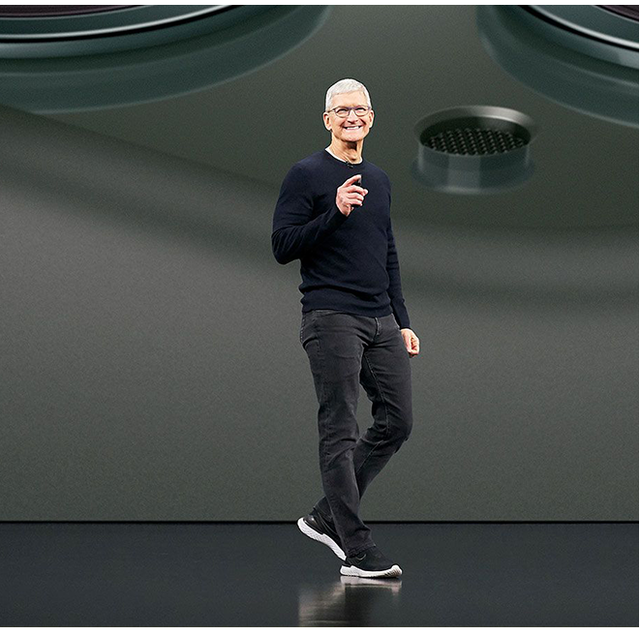
When products are declared as imports, customs may levy 17% value added tax, a national tax, based on the import price. After that, the iPhone models can be shipped throughout China.
Apple chooses large trucks to transport goods in China. It takes about 18 hours to drive from Zhengzhou to Shanghai, where Apple has set up a central warehouse in China. A large truck can hold up to 36,000 iPhones. Due to the transport of high-value goods estimated at $27 million, the inside of the trucks is often equipped with cameras and sometimes accompanied by security personnel.
After the iPhone leaves the Foxconn factory in Zhengzhou, it takes an average of two days to a store in Shanghai and about three days to a store in San Francisco, USA.

According to Daniel Vidaña – Apple’s director of supply management, Tim Cook is extremely strict with order processing. Tim Cook believes that fast delivery times not only make users happy, but also help Apple reduce inventory costs.
Tim Cook believes that the technology sector changes very quickly. Therefore, keeping inventory for too long is considered a crime. He compared Apple products to the dairy business. If the product in stock exceeds the expiry date, the company has a problem because no one wants to buy sour milk. In addition, Tim Cook also confirmed that the value of products will decrease by 1 to 2% per week if the inventory situation continues.
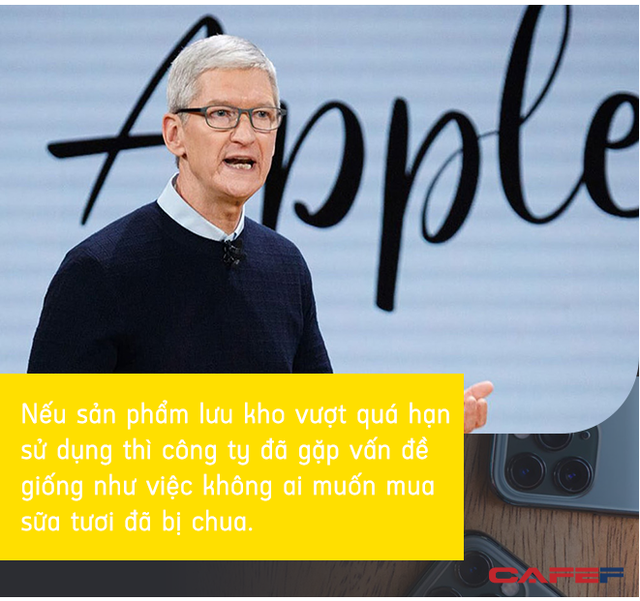
Early results show that Tim Cook’s strategy was correct. The amount of inventory decreased from a month to only 6 days. By 2012, this number continued to decrease to 5 days. This is really an impressive number, far ahead of competitors ranked 2nd and 3rd in the technology industry including Dell with 10 days of inventory or Samsung with 21 days of inventory. At the time, Apple was rated 5 times better at inventory management than HP and 5.5 times better than Motorola.
In 2011, Apple sold almost every iPad 2 it made and didn’t face inventory issues. This success comes from the fact that Apple has cut the number of SKUs (storage units) to approximately 26,000, many times lower than other technology companies. The strategy of reducing the number of key suppliers, central warehouses, and SKUs along with system-wide data synchronization has made Apple’s demand forecast more accurate.
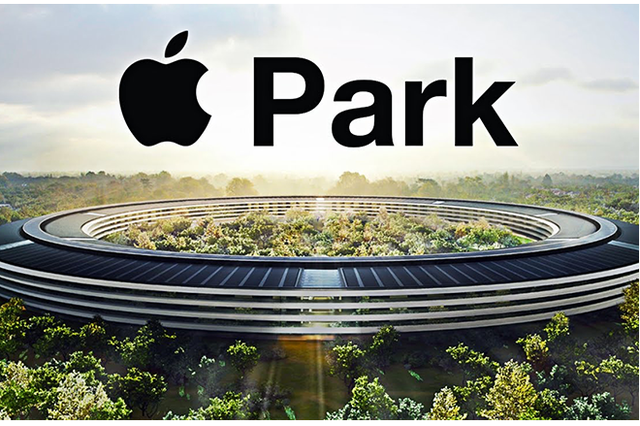
On January 27, Apple announced that there were more than a billion iPhones in operation globally. “It is an outstanding achievement of Tim Cook when designing and operating an unprecedented supply chain for Apple. In particular, he also skillfully let Apple limit its influence in the technology war between the US and China. country,” said Wedbush Securities analyst Dan Ives.
In August 2018, Apple became the first technology company with a market capitalization to touch $1 trillion in history. “Missing Apple” also took less than 2 years to complete the next milestone. In February 2021, the US tech giant reached the $2.3 trillion market cap. Dan Ives predicts Apple could hit $3 trillion in the next 12 months.
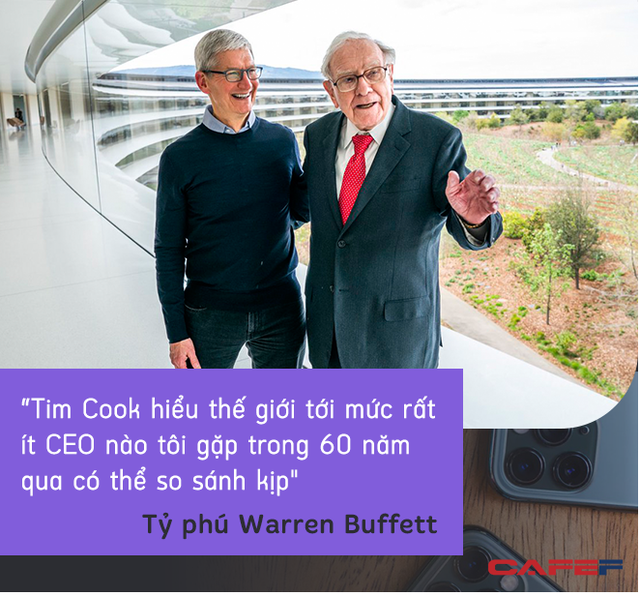
With more than 10 years in the position of CEO of Apple, Tim Cook has contributed to making the iPhone the most successful technology product in history. At the same time, he also built Apple an impregnable fortress.
“Tim Cook may not have designed a product like Steve Jobs. However, he understands the world so well that very few CEOs I’ve met in over 60 years can match,” Warren Buffett commented on Tim Cook.
Source : Genk
